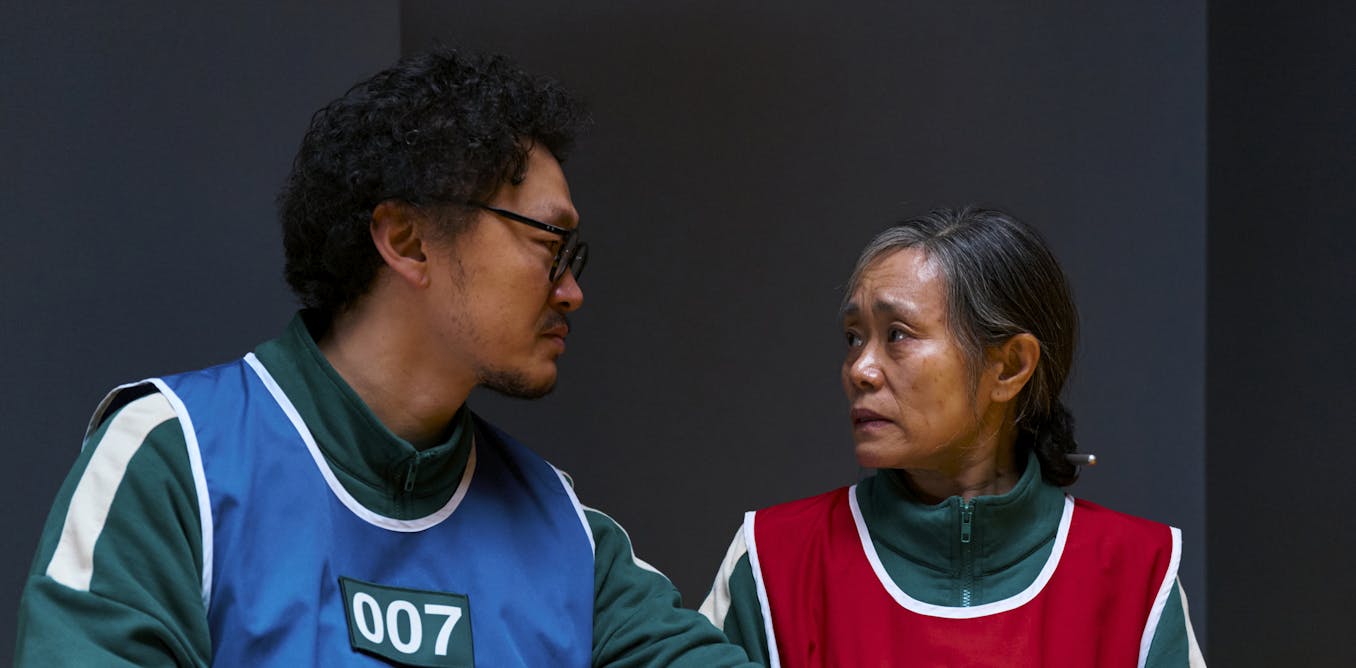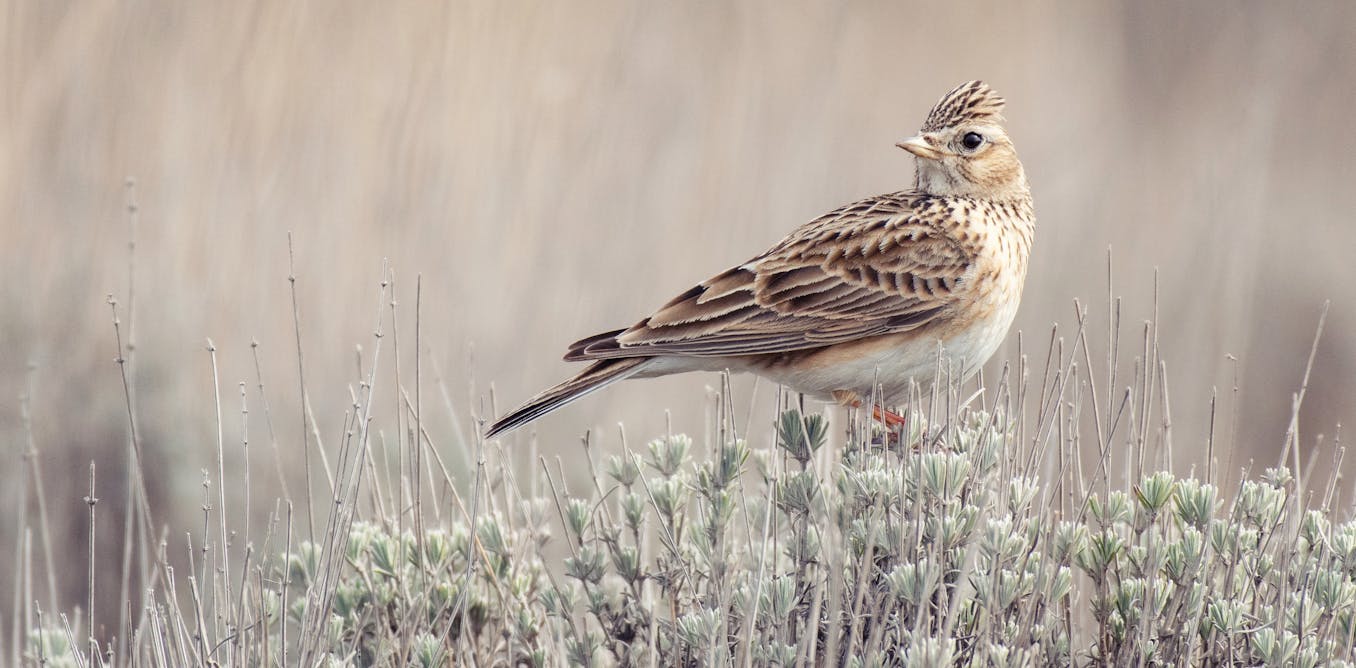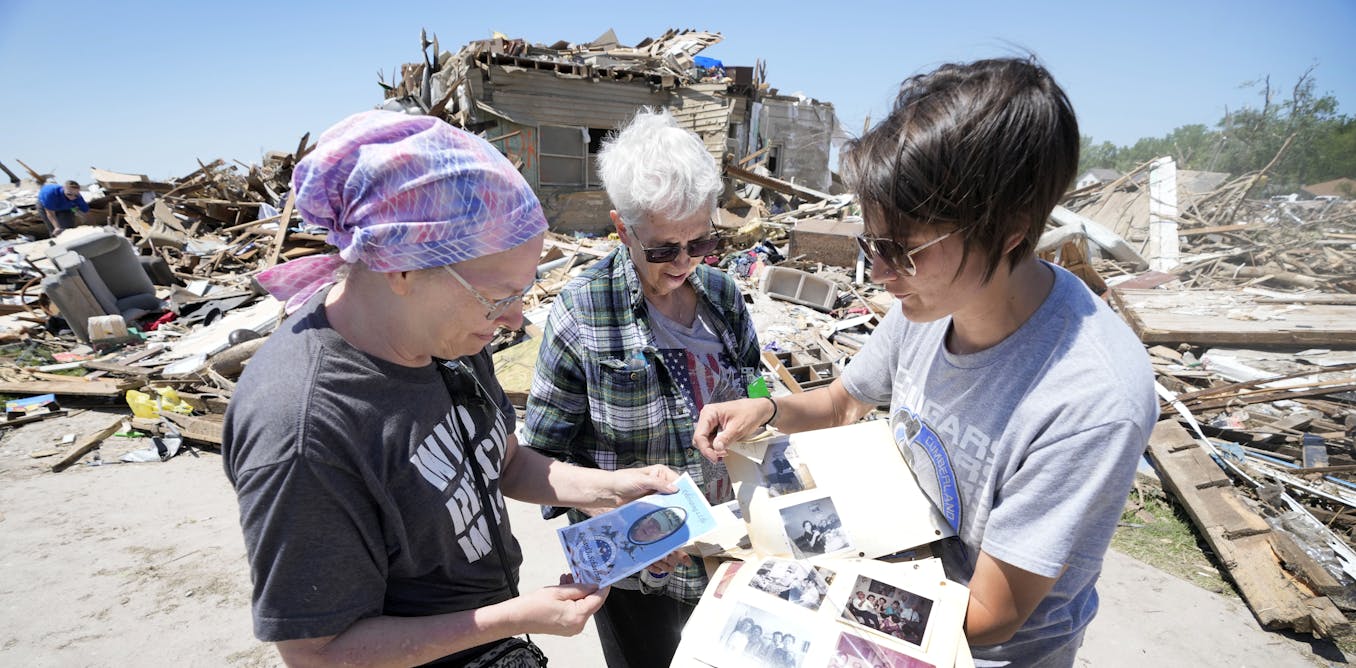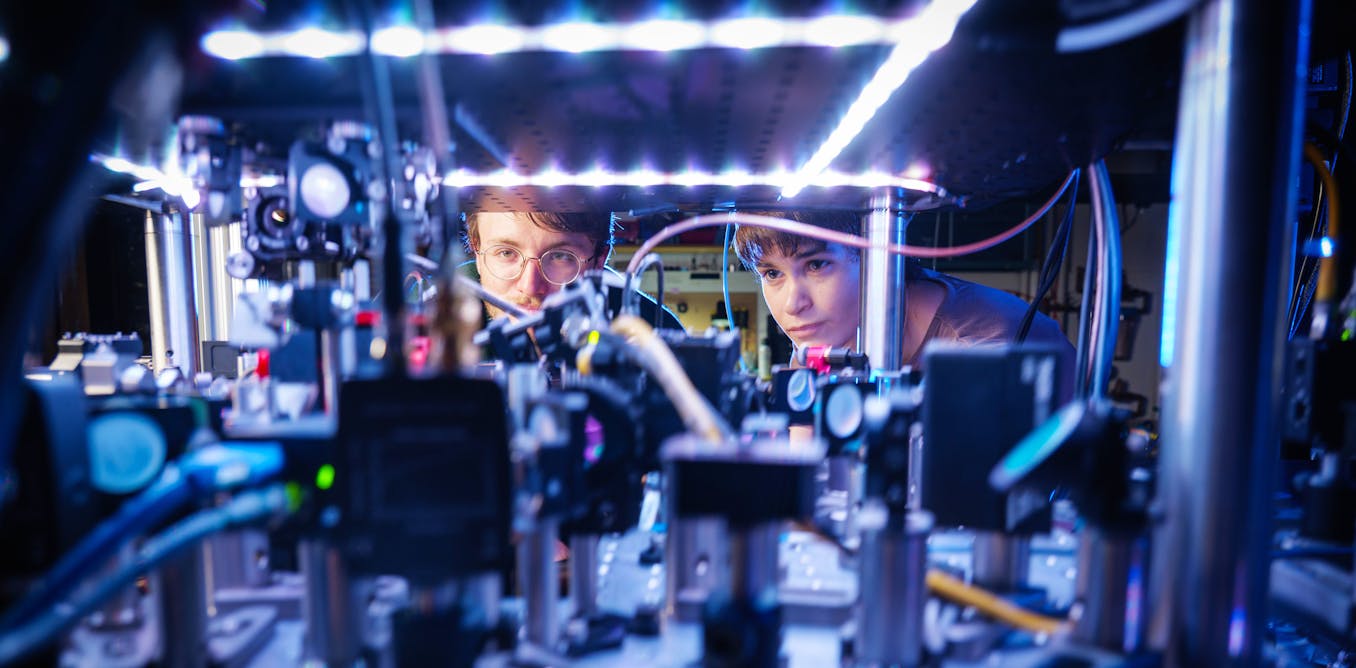Real Isopod Hours with Coyote Peterson!
l should check out is this little guy. This here is a decorator crab, and as you can see, it’s covered itself in pieces of algae and other camouflage material to blend in with its surroundings. Now, Taycey, the really cool thing about these crabs is that they’re like the artists of the ocean. They’re constantly changing their outfit, always trying to blend in and stay hidden from predators. It’s kind of like a game of hide and seek, except the stakes are much higher. And next, we have the sea urchin, known for its spiky exterior and its important role in controlling algae growth. These guys are like the gardeners of the intertidal zone, helping to maintain balance and diversity within the ecosystem. And over here, we have the sea anemone, a close relative to coral and jellyfish. They use their venom-filled tentacles to capture prey and provide a safe haven for clownfish, who are immune to the anemone’s sting. It’s a beautiful example of mutualism in the ocean. Overall, the intertidal zone is like a treasure trove of marine life, and it’s critical to the health of our oceans. By learning about and appreciating these creatures, we can become better stewards of the aquatic environment. This has been an incredible exploration, and I hope you’ve enjoyed our adventure into the world of isopods and intertidal creatures. Until next time, stay wild and keep exploring! Thanks for watching Real Isopod Hours with Coyote Peterson!
Watch the video by Brave Wilderness
I’m Coyote Peterson, and it’s always been my belief that the future of conservation begins with the next generation of animal enthusiasts. That’s why each episode, I’m taking kids just like you on the adventure of a lifetime. We’ll be going to some of the coolest locations,
where we will explore unique habitats and go behind-the-scenes at wildlife sanctuaries to get up close and personal with some of our planet’s most incredible species. Together, we’ll brave the elements, embrace the wild, and witness the unforgettable. So lace up your hiking boots
And buckle your backpack, because we’re about to embark on a Wild Field Trip. The oceans are without question our planet’s largest unexplored frontier and hidden beneath their waves, a world of mysterious animals balance this delicate ecosystem, from the shallow rocky tide pools,
to the deepest, darkest trenches of the abyss. Accessing this location safely, let alone having an up close experience with its creatures can be difficult, if not nearly impossible. Today, we will be visiting Florida Keys’ Aquarium Encounters. Located in Marathon, Florida,
their mission is to educate and successfully introduce people to some of the ocean’s most majestic species through hands-on interactions. Joining me on this ocean themed expedition is Taycey Harrison. Raised in the landlocked state of Wyoming,
like many people who have not spent time splashing around in the oceans, she is wary of its aquatic animals, especially sharks. As parents, we’re really excited for Taycey to be a part of Wild Field Trip. I feel like it’s really gonna help her
With her fear of sharks. We’re also excited that she’s gonna be a positive influence for other kids who may be afraid of marine creatures. And ultimately, we hope that it helps with the conversation of our oceans. [Coyote] My goal is to help Taycey understand
the important role animals play in the ocean ecosystem, which will help her appreciate even the most misunderstood and often feared creatures. We will start with the giant alien-looking crustacean that rows and scavenges at the bottom of the bathypelagic zone.
Taycey, this is the giant isopod, one of our planet’s most alien-looking creatures. Now, I wanna tell you a lot about these creatures, but to tell you about them, we kinda gotta get hands-on. Do you wanna go first, do you want me to go first? -You go first. -I’ll go first? All right.
I had a feeling that that’s the way this was going to go. Okay. Here we go. Coming in. Oh, boy. Now, I must note, they do not bite, they do not sting, but they do have mouth parts. Whoa, those legs are really grippy and spiky. -[Taycey] Oh, gosh. -[Coyote] Look at that alien.
Take a good look right at its face. What do you notice about the face? -[Taycey] Big black eyes. -[Coyote] Yes. Those eyes are incredibly compound. They actually have really interesting eyes. If you shine lights into them, they reflect back. Whoa. This thing is crazy. Touch its back first. See how rigid it is?
That’s its exoskeleton. So all arthropods have exoskeletons. No bones on the inside. The bone is essentially on the outside. Now, do you know what a roly-poly is? -Yeah. -A pill bug that you see in your backyard. Did you know that a roly-poly -is related to this animal? -It looks like it, so–
-[Coyote] It does. —I think that would be -in the back of my mind. -Yup. So these guys, just like the roly-polies, can completely curl up into a ball to protect themselves from potential predators. Now, here’s the real challenge. You see that I’m holding it, I’ve not been bitten, I’ve not been stung,
Nothing to worry about. It’s time for you to hold an isopod. You think you’ll be able to do that? -I don’t know. -I have a lot of confidence in you, I really feel like you’ll be able to do this. So here’s what we’re gonna do.
I’m gonna have you put your arms out flat, just like this, okay? You pick out the isopod that you would like to hold. -I don’t know. -Do you want me to pick? -Sure. -All right. I’m gonna pick the biggest one. This guy here in the corner, I feel like he’s been waiting
For his moment on camera. This is it. Coming up. Taycey is about to be the first person on Wild Field Trip to hold an isopod. -[Taycey] Oh. -[Coyote] You can do it, you can do it. Keep your arms still. You’ve got this, you’ve got this. Now, those little legs are gonna be grippy.
Oh, there you go. You feel all those little legs? -Pretty crazy, isn’t it? -Yeah. Stay real still, don’t move. That is what I call bravery. Now, most people would look at this arthropod and think “There’s no way I’m going to interact with it.”
But here you are, with it hanging out right on your arms. Now, you feel little hooks on the legs? -Yeah. I do. -That’s so it can grip onto the basin of the ocean, and it moves really, really slowly. If you were to be on the basin of the ocean
And you came across a dead whale, it will be covered in thousands of these isopods. -Really? -[Coyote] Yeah. They specialize in being carnivorous scavengers, which means that they’re helping to decompose all the dead plant and animal matter on the bottom of the ocean.
So it’s kind of like the little recycling truck of our planet. -Really? -[Coyote] Pretty cool, huh? -Yeah. -Look how comfortable you’re getting. This has been on your– on your arms the entire time. So let’s see if you can get even a little more comfortable.
You can hold it like it’s a cute little baby. There you go. Put your hands out. Look at him. He’s like a little alien baby. Look at those little legs reaching out to you, saying, “Taycey, I just want to be your friend.” But those hooks are pretty intimidating, aren’t they?
-[Taycey] Yeah. -[Coyote] Why don’t you give him a little dunk? Because we wanna make sure that they stay in the water as much as possible, sinking back down to the bottom. That was awesome. I could tell you were a little bit nervous at first, -weren’t you? -Yeah. [Coyote] Yeah. So the next stop
Is going to be looking at inter tidal pool animals. So those are the things that are gonna be in shallower waters. So we’re going from really, really deep to really, really shallow. You’ll be surprised how some of those animals resemble the giant isopod. You ready to go check those out?
-Yeah. -All right. Let’s go. When it comes to the vastness of our oceans, what you may not realize is that they break down into five distinct vertical zones. Before getting hands-on with the alien-like isopods, I mentioned that they can be found in the bathypelagic zone,
which is also known as the midnight zone. And it happens to fall smack-dab in the middle of ocean depths, ranging between 3,000 and 13,000 feet. Above is the mesopelagic, also known as the twilight zone, and the epipelagic, which is commonly called the sunlight zone.
These watery worlds are where you’ll find the majority of ocean life, from top predators like sharks and whales, to smaller consumers like fish, eels, octopus, lobsters, and even cute little seahorses. If you dive down beneath the midnight zone, things get a little spooky
as you enter the abyssopelagic and the hadopelagic zones, respectively known as the abyss and the trenches, they claim depths below 13,000 feet and could reach as far down as 36,000 feet. Oh, and in case you were wondering,
the only thing that lives down there is silence, darkness, and a collection of nightmarish-looking creatures that we will save for another day. When it comes to the sunlight zone, this is where the fun is. Its shallowest depths rise or fall
With the changing of the tide, and are commonly known as intertidal pools, which provide refuge for some of the oceans most fascinating species. So, there’s some pretty cool creatures in here. I think the first thing we need to look at is this giant sea star.
But this one specifically we don’t wanna take up and out of the water. But go ahead, -put your hands in there. -[Taycey] Oh, geez. -Crazy, right? -Yeah. Very spiny. And if you flip the sea star over, you’ll see– -[Taycey] It looks like teeth. -It does look like teeth.
Those are actually all of its little legs right there, and you wanna know one of the coolest things about the sea star, this specie specifically? Its mouth and the butt are in the exact same spot. -Cool. -Ain’t that wild? So let’s put this one back down.
You see who’s crawling up right next to us here? -[Taycey] Horseshoe crab. -[Coyote] Horseshoe crab. Yes. One of my favorites. Did you know the horseshoe crab is not a crab at all? It’s a horse. No, I’m just kidding. It’s not a horse either. Not a horse or a crab,
It’s its own unique thing, and they call it a horseshoe crab because of the shape of its carapace. That’s actually the top of it, they neither bite nor sting. So put your hands out flat, and you could feel all those legs underneath. -Whoa. That’s odd. -Almost like the isopod, right?
[Taycey] Kinda except less barbs. [Coyote] Less barbed. So what we can do is this, let’s hold the little horseshoe crab up in the air like that. Look at all those little legs under there. See all those tiny little claws? -[Taycey] Yeah. -[Coyote] They use those to shovel food up and into their mouths.
-How big do they get? -Oh, they get big. I would say that this is probably considered a small one. They could be about three times the size of this, that’s bigger than your head. Oh, and look, here comes another one. This one’s a little bit bigger.
He’s like, “Hey, guys, you’re not paying attention to me, what about me?” Horseshoe crab buddies right there. Okay. So the next thing I wanna look at is incredibly well camouflaged. Oh, oh, oh, look at that tail going. That is a slipper lobster. Do you know why it’s called a slipper lobster?
-Because they’re slippery? -They’re slippery, and I think they kind of look like a slipper. They’re sometimes also known as a shovel nose lobster. It looks like a shovel front, doesn’t it? -[Taycey] Yeah. -[Coyote] So that allows them to sort of bury down and stay hidden.
You see, they got the eyes on top there, but all of the muscle and the power is in the tail. -You see that? -[Taycey] Yeah. That flick of the tail? Be careful, it does have spiky little feet. He’s giving you high fives. Oh, there you go, water flicker there. Bye, slipper lobster.
What else do you see in here that you think you might wanna take a look at? I see, like, conch shells. That’s right. That’s exactly what that is. That’s a queen conch right there. -[Taycey] Whoa. -[Coyote] He’s trying to fight me off. Look at the cute little eye. -Here it comes. -[Taycey] Whoa.
No. Oh, my gosh. [Coyote] Isn’t that cool? Just dip her back down. We wanna make sure that she stays good and hydrated. Now, when we’re talking spiky, nothing tops this little creature right here. -Do you know what this is? -[Taycey] A sea urchin? [Coyote] It is a pencil urchin.
If you pick it up gently, it’s completely safe to hold onto. -You wanna handle it? -[Taycey] Sure. Okay. Hold it up to your face like that, give it a good look. -It’s moving. -[Coyote] It is moving. Most people think that they’re plants, but they’re actually animals.
And if you think that one is spiky, you know what’s spikier than a pencil? A pincushion. And that is the pincushion urchin. [Taycey] So are these, like, a part of it, or did he just pick that up? No, those are little snails just hitching a ride. -Oh, wow. -[Coyote] Pretty cool, huh?
-[Taycey] Yeah. -[Coyote] All right. So Taycey, now that we have looked at the depths of the ocean, we’ve looked at the intertidal pools. I think it’s time to get hands-on with something a little bit bigger. And I know you’re a little nervous around sharks, but I wanna try
To help you get over your fear of our ocean’s greatest predator. Oh, no. Does that mean we’re going with sharks? [Coyote] We’re gonna go take a look at some sharks. -You ready for this? -Yeah, I guess. Okay. Here we go. It’s shark time. With giant isopods of the deep
and a variety of equally alien-looking creatures from the tide pool successfully accepted and appreciated, I think it’s time for Taycey to face her ultimate fear, sharks. To help Taycey understand the ocean’s most misunderstood predator, we’ll be working with marine biologist,
Kee Bligh. Kee is well-versed in all ocean species, but her relationship with the aquarium’s nurse sharks is something special. So Kee, the big thing that we wanted to try to overcome here is the fact that Taycey is very nervous around sharks,
And I figured having her first shark encounter be with a nurse shark is probably the way to start. [Kee] Absolutely. What I want you to walk away from with this experience is to understand that sharks are not something we need to be afraid. We respect them in the ocean,
And whether it’s a nurse shark or a great white shark, they’re not out there to get humans. So what we do when we work with our nurse sharks is target training. So we actually have three sharks in here, each of which has a unique symbol.
So the shark not only recognizes their own symbol or their own target, but each animal is also going to recognize their own sound. [rattling] That’s the sound that we’re gonna be using for Gilly Nelson, one of our male nurse sharks -in this exhibit. -[Coyote] So hold on, Kee,
Let me ask you this question real quick. You mean that these sharks are in tune with the fact that there are different sounds that they will come -through these gates for? -Absolutely. -[Coyote] Wow. -[Kee] So I’m gonna put his target right in the water here for him. Give him a nice big rattle,
He just swam right in front of us here. We’ll give him a little bit of time to get to the entrance. -Pretty cool, huh? -Yeah. All right. He’s getting ready, he’s gearing up. -[Coyote] You’re gonna be– -[Taycey] So cool. [Coyote] –best friends with Gilly. [Kee] All right. Check him out.
He knows exactly where to station. How about feeding the shark? -Are you ready for that? -Whoa, whoa, you’re gonna let her feed the shark right out of the gate? [Kee] Right out of the gate, that’s how we let Gilly know he’s doing an awesome job by being patient and sitting at that target.
[Coyote] You can do this, I’m right here with you. -[Kee] Absolutely. -[Coyote] Kee is with you, she’s gonna walk you through exactly what you need to know to feed Gilly. [Kee] What I’m gonna have you do is you’re gonna grip on nice and tight with your right hand,
And all you have to do is place it right on that dot of his target and Gilly is gonna do the rest. [Coyote] Okay. This is it, everybody. -[Kee] Are you ready? -Taycey is about to feed -her first shark. -[Kee] So just hang on tight. -[Coyote] Ooh! -[Taycey] Oh, gosh!
[Kee] That’s pretty wild, right? You wanna check that out again? So what you’re hearing when that nurse shark is grabbing the food is actually a strong suction. So when he pulls a little bit of air in, it makes that loud popping sound. Now that’s going a little loud for your nurse shark.
-Oh, gosh. -Awesome job. That makes me jump. [Kee] It allows them to feed on some unique prey items. They actually can eat conchs. So that suction is strong enough to pull that snail completely out of the shell. Perfect job. Let’s give ’em one more, and then are you interested
In getting hands-on in petting our sharks today? -Sure. -[Coyote] Sure. Hey, that’s, that’s a big step right there. It wasn’t a no, it was a “Sure.” -[Kee] Perfect. -[Coyote] Taycey, -you did awesome. -That was great. -That was super cool. -All right. So what I’m gonna do is I’m gonna lift him up.
You could pet him anywhere on that clear spot of his back, of course, we’re gonna avoid by his head. Would you like me to do it first, -just to make sure it’s safe? -Yes. Yeah? Oh, okay. -Wow. -[Kee] So what you’re gonna be feeling are not scales.
Those are actually tiny little modified teeth. They’re called dermal denticles. [Coyote] That’s super cool. Feels way different than you probably think. Whoa. Teeth? [Kee] You can even see individually. Each little dot right there is the dermal denticle of a nurse shark. Now, dermal denticles are important. It decreases the amount of drag
When the animal’s swimming, so it makes them highly efficient. They have these little dangly things up front. -What are those called? -[Kee] Those are their barbels. [Coyote] Right. And what do the barbels do? They are highly sensitive. You can almost imagine them like a modified tongue.
That’s really helpful. If you noticed how small the eyes of a nurse shark are. That’s a great indication they’re really not using their eyesight as one of their best senses. -[Coyote] Right. -[Kee] They have an additional sense. They got that electroreception, so they can also detect when electrical pulses
Are going through the water. [Coyote] So Taycey, I have to say, I think you did an incredible job. -Absolutely. -The bravery that it takes to not only get this close to a shark, let alone to feed one and make it hands-on is pretty impressive. Kee’s got another experience
Set up for us where we’re gonna actually get into the water with a different species. -What are we working with next? -Next, stingrays. You ready to put on a wet suit? -Yeah. -All right. We’re going swimming. Sharks have carried the burden of a villainous reputation for far too long.
And for anyone that has hesitation stepping foot in the ocean, let alone the fear of sharks, you can truly appreciate the magnitude of Taycey’s courage. We can all learn from her experience, appreciate the peaceful nature of these animals,
and recognize the important role they play in the ocean ecosystem. To be hands on with ocean animals is one thing, but to physically enter their environment for an unforgettable interaction is a level all to its own. For our final encounter,
Taycey and I will be leaving our dry clothes behind so that we can gear up our wet suits and enter the realm of the stingray. All right. So let’s just make sure, once we hit the bottom, that we do that stingray shuffle. We’re just gonna slide our feet
-right through the sand. -[Coyote] Ooh, it’s chilly. [Taycey] It’s cold! [Coyote] Oh, here come the stingrays, -it’s go time. -[Kee] Okay. I’m gonna teach you how we’re gonna feed everyone today. We’ve got our two different species of ray that are in here. We’ve got our really big ones, those are the southern stingrays.
What are you gonna do for all of our big friends? You’re just gonna pinch it a little bit there, you’re gonna place it right here on your body. And then what they’re gonna do is they’re gonna swim all the way up to you, and they’re gonna pull it right off.
So they’re gonna, like, swim up onto our laps? All the way up onto our laps. I did not think that was gonna happen. -You ready for this? -Yeah. [Kee] Uh, for our cownose ray, it looks like our first visitors here today. -We’re gonna roll the fish– -[Taycey] Oh my gosh.
–like an ice cream cone. Then all you gotta do is drop that fish right underneath the water. [Coyote] Whole stingray flurry here. -[Kee] All right. There we go. -[Coyote] Oh, here we go. [Kee] It’s just right underneath, and you can guide it a little bit. -Perfect. -Oh, such–
-he got my hand. -[Kee] All right. Looks like my friend Pancake is here. -Are you ready to feed her? -[Taycey] Oh, Pancake’s here? -Uh-oh. -Oh, she is more than ready. She is pretty–oh. -You’re getting engulfed. -There you go. All right. -I’ll get her off the way there. -Can you do it first?
-Sure. -I’ll go first. So right against your body. -Not me! -Swim inwards. -Not me. -Come on, Pancake. Oh, you got it, pancake. [Kee] Now you feel that force of water going out, right? Whoa! Whoa. Suction cup in my Pancake. That’s how Pancake gets a snack. Oh, that was awesome.
Let me try to bring Pancake up here. [Taycey] Oh, geez, that’s Pancake. [Coyote] That’s Pancake. Here we go. Pancake’s coming up. Oh. That’s Pancake! Wow. That is such a cool feeling. They’re a lot heavier than you would think. -[Kee] That is our biggest ray. -[Coyote] Wow.
-[Taycey] That’s a big ray. -[Kee] So as a female, she can reach a six-foot wing span and gets just over 200 pounds. -Here we go. -There’s Pancake. -She’s ready for you. -Here we go. [Kee] All right. Perfect. -I did it! -You did it! You did it! -Come on, Pancake. -[Taycey] Pancake.
-[Coyote] Here, Pancake. -[Kee] Pancake’s looking -for that squid. -[Coyote] Whoa. You are totally being engulfed and hugged by– -[Kee] She’s loving it. —a ray right now. She loves you. Kee, this was awesome, thank you so much for the incredible experience, getting into the water with rays. What do you think, Taycey?
You got hands-on with a nurse shark, and you got in with the rays. Do you feel a little bit differently about these ocean creatures now? -Yes. -Pretty awesome experience, huh? -Yeah. -All right. -You ready to get out? -No. No? I guess we’re gonna be in here for a little while longer.
I am beyond proud of Taycey. Overcoming your fears is not easy. But she proved to the world that if you are brave enough to try new experiences, where you face the strange, scary, and unknown, you might find that they become friendly and familiar.
Taycey, I am so proud of you for facing your fear of sharks, and the courage you showed, getting in to feed the stingrays was incredible. Now, in your own words, what was your favorite part -of our adventure today? -[Taycey] The, uh, horseshoe crabs and getting in with the rays.
[Coyote] The stingrays were definitely probably my favorite part. And we learned all about marine creatures and how to promote the conversation of the ocean ecosystem. The threats our oceans face are many. Global climate change is altering the water’s chemistry
and causing sea levels to rise. Overexploitation of fish populations are breaking down important food webs. And pollutants such as oil spills, sewage runoff, and plastics are depleting oxygen levels, which result in the continued killing of marine life.
These issues and many more are occurring at rates beyond anything we have ever faced in human existence. I want to encourage you to get involved with change now, or this final frontier may become our planet’s largest dead zone.
We need to champion the idea that change comes with an education about the ocean ecosystem and a recognition of why it is so vital to the survival of our planet. -I’m Coyote Peterson. -I’m Taycey Harrison. -Be brave. -Stay wild.
We’ll see you on the next Wild Field Trip. [mellow music playing]
About Brave Wilderness
The Brave Wilderness Channel is your one stop connection to a wild world of adventure and amazing up close animal encounters!
Video “Real Isopod Hours with Coyote Peterson!” was uploaded on 01/15/2022 to Youtube Channel Brave Wilderness


































